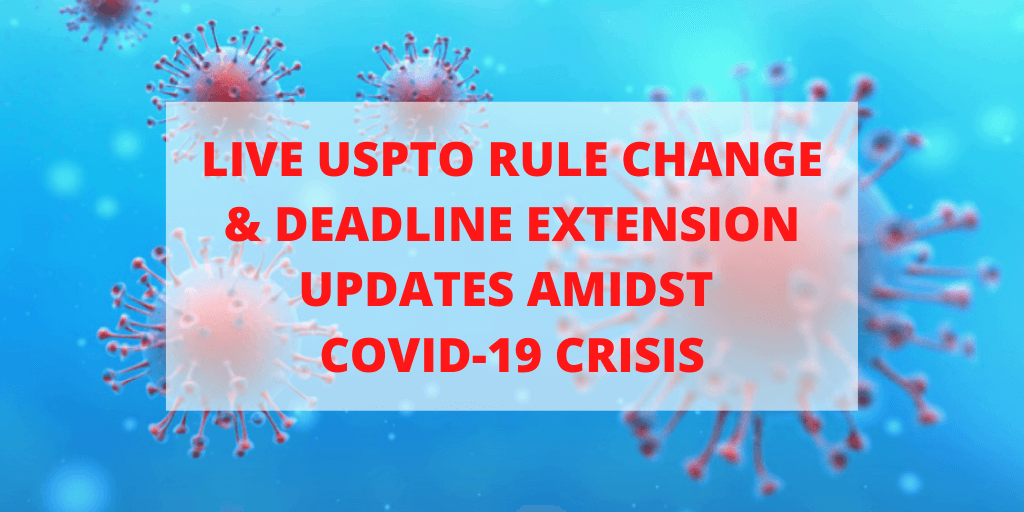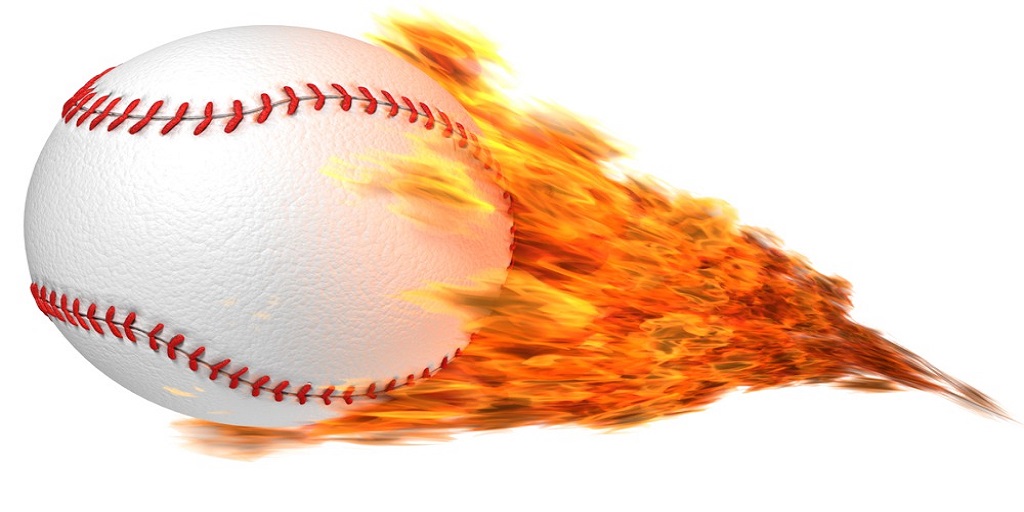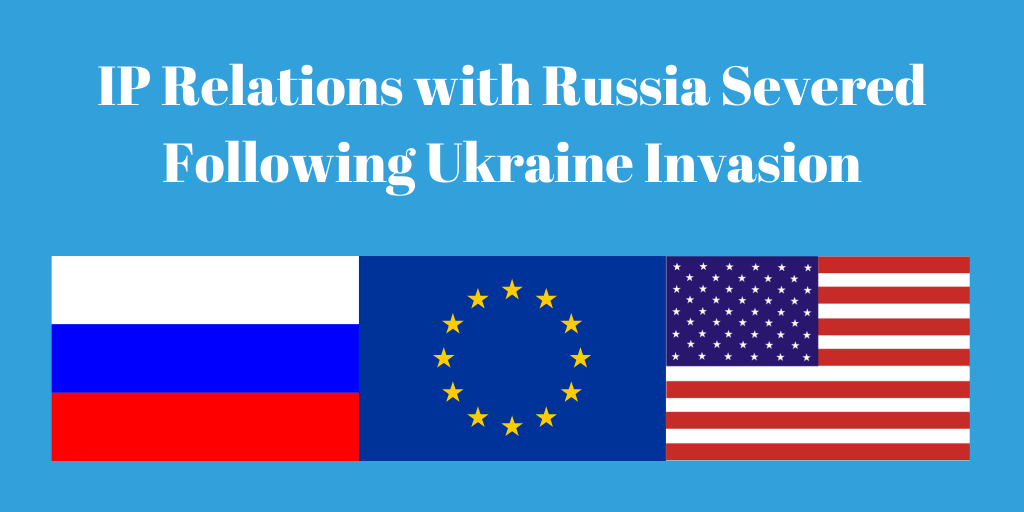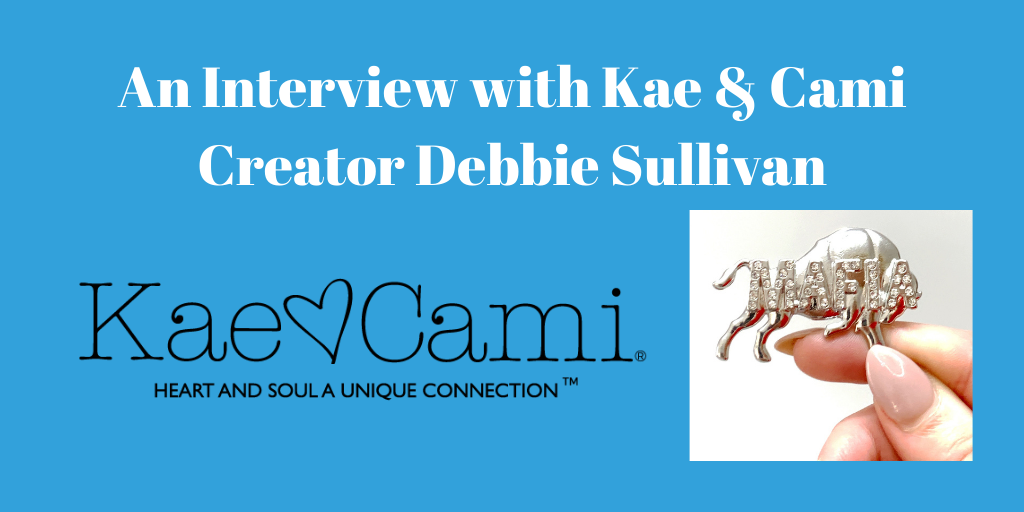The patent reform legislation has been amended and introduced in the Senate as Amendment to S. 515 (“Patent Reform Act of 2010 (.PDF)″). When and if it will ever be enacted is a question in and of itself, however here is my summary of one of the more relevant sections of the proposed patent reform act.
Elimination of the Best Mode Requirement
Patent reformers wish to modify or remove the subjective elements of patent infringement litigation that depend on proving an inventor’s state of mind. Current patent law (35 U.S.C. 112) requires that a patent application “set forth the best mode contemplated by the inventor of carrying out his invention” and failure to comply can invalidate a patent in court.
The courts, however, have failed to consistently define and set the scope of the best mode requirement, such that compliance with the best mode requirement currently presents a guessing game for patent practitioners and inventors. Steven B. Walmsley, Best Mode: A Plea to Repair or Sacrifice This Broken Requirement of United States Patent Law, 9 Mich. Telecomm. Tech. L. Rev. 125 (2002),(PDF)
Two patents (5,827,698 and 6,040,160) in the billion dollar Bio Tech industry were recently invalidated in the case of Ajinomoto Co., Inc. v. International Trade Commission (Fed. Cir. 2010) because of failure to meet the best mode requirement of 35 U.S.C. 112. The two patents relate to methods of producing L-lysine using GM E. coli and include fairly broad claims. The evidence showed that Ajinomoto intentionally concealed their preferred host strain. The court ruled the claims were invalid for violations of the best mode requirement of 35 U.S.C. § 112, and that both patents were unenforceable for inequitable conduct because of those best mode violations.
If the Patent Reform Act of 2010 where enacted it would have eliminated the best mode invalidity defense and the Ajinomoto patents would not have been invalidated. Not to mention the time and expense to litigate the issue. I wonder how many hours were billed in the discovery and argument of this issue?
If the bill were passed, SEC. 15. BEST MODE REQUIREMENT would read in part as follows:
‘‘…failure to disclose the best mode shall not be a basis on which any claim of a patent may be canceled or held invalid or otherwise unenforceable…”
The reasoning behind the recommended change is that the subjective “best mode” requirement throws a monkey wrench in every patent litigation. The best mode requirement focuses specifically on the best mode known to the inventor at the time the application is filed. It is a subjective standard. Time and money are expended looking for examples of “Evidence of concealment” of a subjective state of mind of the inventor at the time of filing.
Is this “subjective” best mode requirement necessary when 35 U.S.C. 112 has an “objective” requirement that a patent application give a “written description of the invention, and of the manner and process of making and using it, in such full, clear, concise, and exact terms as to enable any person skilled in the art to which it pertains, or with which it is most nearly connected, to make and use” the invention?
The public is fully informed of the patented technology by the requirement for a complete written description and enabling details to permit the complete scope of the claimed invention to be used. The added requirement to also disclose the “best mode” was placed into law because it was thought of as
“… a safeguard against the desire on the part of some people to obtain patent protection without making a full disclosure as required by the statute. The requirement does not permit inventors to disclose only what they know to be their second-best embodiment, while retaining the best for themselves.” In re Nelson, 280 F.2d 172, 126 USPQ 242 (CCPA 1960).
“The best mode requirement creates a statutory bargained-for-exchange by which a patentee obtains the right to exclude others from practicing the claimed invention for a certain time period, and the public receives knowledge of the preferred embodiments for practicing the claimed invention.” Eli Lilly & Co. v. Barr Laboratories Inc (PDF)., 251 F.3d 955, 963, 58 USPQ2d 1865, 1874 (Fed. Cir. 2001).
This edition of the patent reform act is an example of yet another “balancing act” by the legislature. If the bill is made into law it will result in:
- Patents that do not teach the best way to make the invention, but teach “a way” to make the invention; and
- The elimination of a defense from defendants that use (infringe) patented technology so that they can not invalidate an otherwise valid patent.
Here is a patent reform that favors the inventor over the infringer and arguably over society as a whole.
The new amendment to the “Patent Reform Act of 2010“ proposes a number of so-called improvements that are the subject of other LoTempiolaw Blog posts:
- First-Inventor-to-File
- Pre-grant submission of prior art
- Patent marking statute
- Administrative post-grant review of patents
- Litigation Reforms
- Best Mode
- Inequitable Conduct
- Damages
- Willful Infringement
- Venue
- Pilot Program for District Courts
- Patent Fee Setting Authority and Ending Diversion








